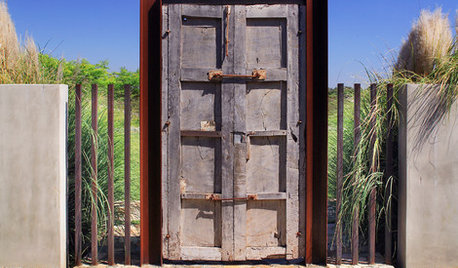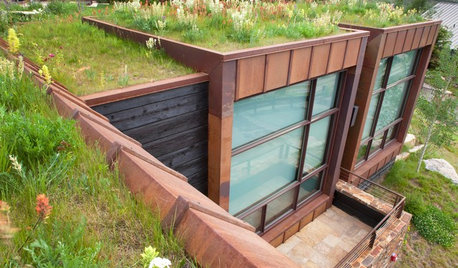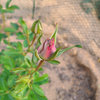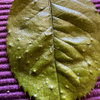Tucson - nitrogen deficiency
immobilus
10 years ago
Related Stories

GARDENING GUIDESWhat's Wrong With My Plant? Leaves Often Hold the Clues
Learn how to identify common plant ailments by reading their leaves
Full Story
GARDENING GUIDESHow to Keep Your Citrus Trees Well Fed and Healthy
Ripe for some citrus fertilizer know-how? This mini guide will help your lemon, orange and grapefruit trees flourish
Full Story
GARDENING GUIDESGarden Myths to Debunk as You Dig This Fall and Rest Over Winter
Termites hate wood mulch, don’t amend soil for trees, avoid gravel in planters — and more nuggets of garden wisdom
Full Story
PETS6 Ways to Help Your Dog and Landscape Play Nicely Together
Keep your prized plantings intact and your dog happy too, with this wisdom from an expert gardener and dog guardian
Full Story
FARM YOUR YARDHow to Grow Vegetables in Containers
Get glorious vegetables and fruits on your patio with a pro’s guidance — including his personal recipe for potting mix
Full Story
EARTH DAYGrow a Beautiful Garden With Ecofriendly Greywater
Reducing home water waste means lower bills and a healthier planet. Here's how to set up a greywater home irrigation system that can help
Full Story
MATERIALSMesquite: The Brawny Beauty for All Over the Home
Denser than other hardwoods and sporting beautiful coloration, mesquite makes a fine material for flooring, countertops, furniture and more
Full Story
GARDENING GUIDES5 Great Grasses for a New Lawn
Learn about maintenance, wear tolerance, ideal climate and more for these top turf choices to pick the right one for you
Full Story
EDIBLE GARDENSGarden BFFs? Why Your Vegetables Are Begging for Companion Plants
Foster friendships among plants for protection from pests, pollination support and color camaraderie
Full Story
GREEN BUILDING6 Green-Roof Myths, Busted
Leaky, costly, a pain to maintain ... nope, nope and nope. Get the truth about living roofs and see examples from simple to elaborate
Full Story







nc_crn
immobilusOriginal Author
Related Professionals
Fitchburg Landscape Architects & Landscape Designers · Harrison Landscape Architects & Landscape Designers · Quincy Landscape Architects & Landscape Designers · Southfield Landscape Architects & Landscape Designers · Concord Landscape Contractors · Kahului Landscape Contractors · Northbridge Landscape Contractors · Palm Beach Gardens Landscape Contractors · Ramsey Landscape Contractors · Casselberry Landscape Contractors · San Pablo Landscape Contractors · Channahon Carpenters · Enumclaw Carpenters · Idaho Carpenters · McHenry CarpentersimmobilusOriginal Author
aztreelvr
aztreelvr
centurion_
nc_crn
immobilusOriginal Author
Fascist_Nation
immobilusOriginal Author